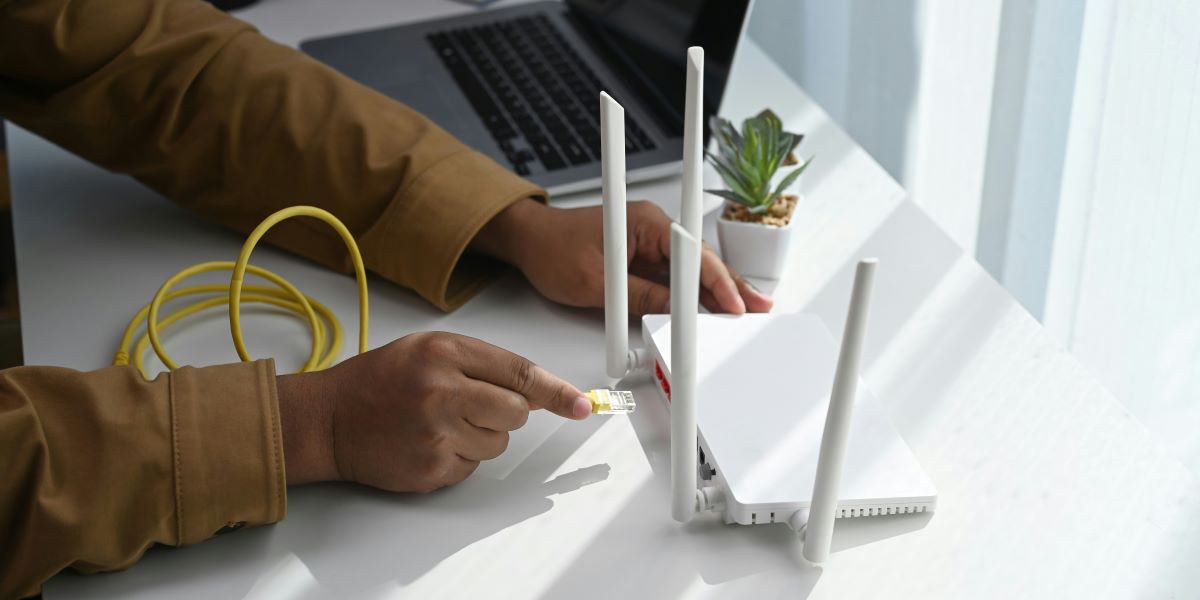By: southernmobilitysolutions
As you age, it’s natural for your mobility to decline. Unfortunately, many senior citizens reach a point in their mobility decline that their own staircase becomes a difficult daily obstacle. Both going up and down can be a challenge. However, with some careful adaptations in how you navigate the stairs, you can reduce your risk of injury. Keep reading for some recommendations.
Use the Handrails
Handrails are one of the simplest and most effective ways to improve your safety while going up and down the stairs. Both sides should have handrails installed for curved stairlifts, and you should always use at least one for stability. Take your time, gripping the handrail firmly as you go up and down the stairs.
Wear Appropriate Footwear
If you wear shoes in your home, ensure they have non-slip soles and stay on your feet easily. Avoid shoes that will slide off or that have smooth soles, as this will increase your risk of taking a tumble. If you don’t wear shoes in your home, avoid going up and down the stairs in socks, as these will reduce your traction on the stairs.
Don’t Rush
Never rush yourself when going up and down the stairs. It’s important to move slowly and deliberately, especially on curved staircases, where the width of each step will vary depending on your position. Be mindful of your foot placement and ensure your foot is secure before moving on to the next one.
Ensure Proper Lighting
Make sure the lights on your staircase are turned on when you use the steps. If you don’t have good lights that properly illuminate the staircase, consider having some installed. This will help you watch your footing better and avoid an accident.
Keep the Stairs Clear
Make sure that the stairs are kept clear of any obstacles. For example, if your family has a habit of kicking off their shoes and leaving them on the steps, encourage them to find a new place to keep their shoes. You can install a shoe cubby by the front door or around the corner from the base of the stairs. Don’t pile items on the stairs to take up later, either. A clear staircase is a safer staircase.
Keep a Firm Grip
When navigating stairs, it’s crucial always to maintain a firm grip on the handrails. This provides extra stability and can help prevent slips and falls, particularly if your balance is not as strong as it used to be. Installing additional handrails is advisable if your staircase currently has only one. Dual handrails on either side of the staircase can significantly enhance your safety, allowing you to distribute your weight evenly and maintain a more secure posture.
Take Breaks if Necessary
Don’t hesitate to take a break if you feel fatigued while climbing or descending the stairs. Pause on a landing or sit down for a moment if your staircase has a resting spot. Overexertion can lead to missteps and falls, so it’s important to listen to your body and move at a comfortable and safe pace. Taking short breaks can also help you maintain better control over your movements.
Perform Regular Stair Maintenance
Regular staircase maintenance is essential to ensure it remains a safe part of your home. Check for loose or uneven steps and make necessary repairs promptly. Ensure the handrails are securely fastened and can support your weight without wobbling. Additionally, clean the stairs regularly to prevent the buildup of dust and debris, which can make the steps slippery. Keeping your staircase in good condition can minimize the risk of accidents and ensure a safer environment for navigating between floors.
Consider a Stairlift
If you truly struggle with the stairs, a stairlift is the best option for you. These motorized seats can safely and securely move you between floors of your home without fear of slipping and falling. Look into curved stairlifts for sale to find one that fits your staircase.
Published By: Aize Perez










